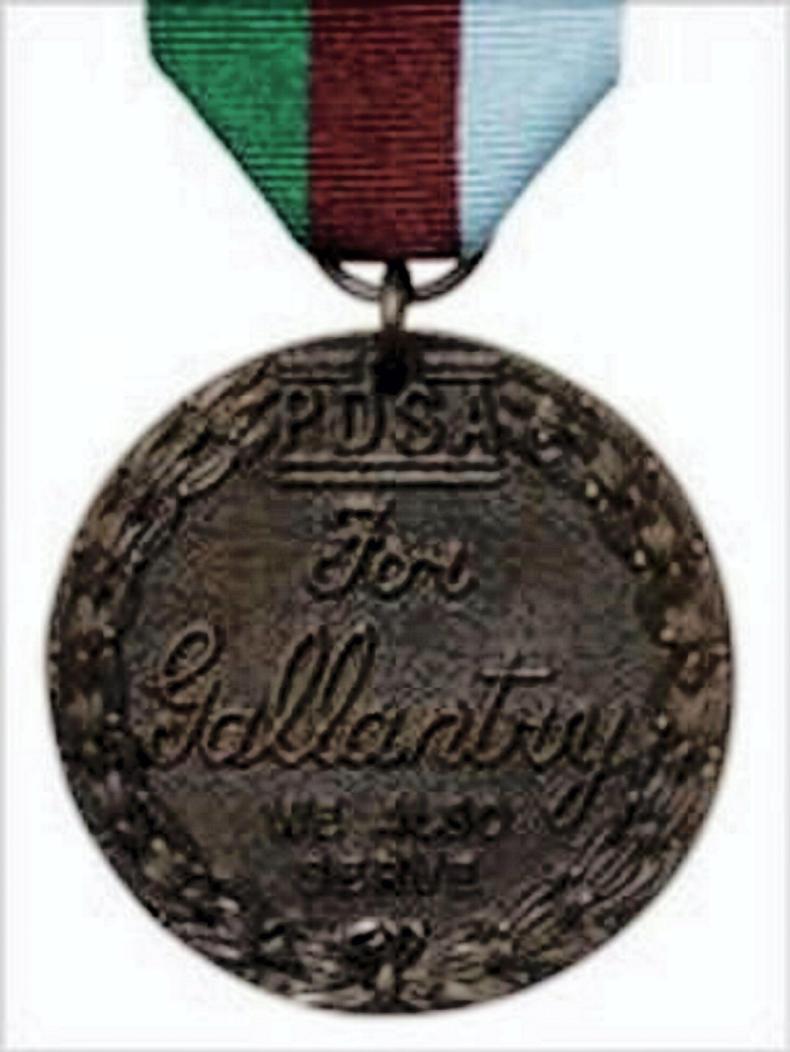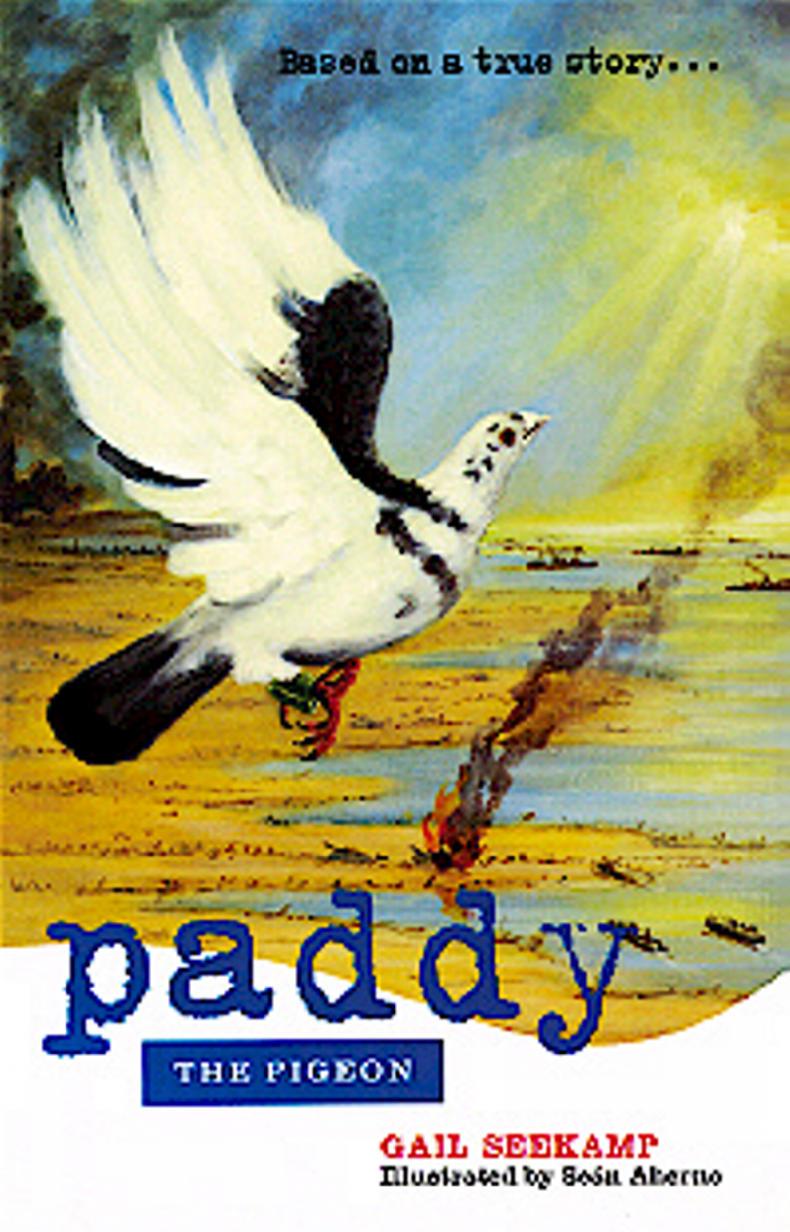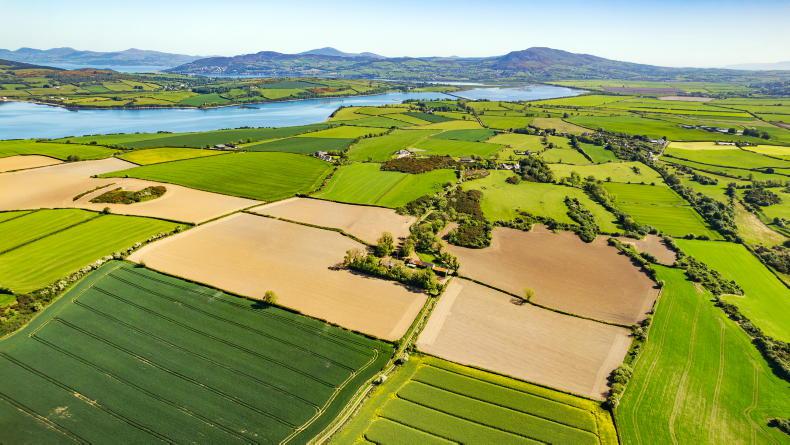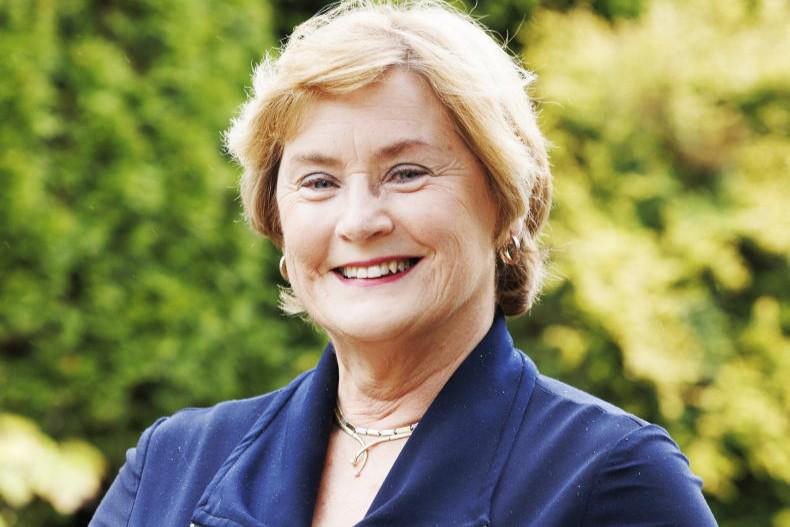In 2009, “one of World War II’s smallest war heroes” was honoured with the unveiling of a plaque on the harbour wall in Carnlough, Co Antrim. The “small” hero was not a man or woman of small stature but rather a pigeon called Paddy. A rather heroic little bird in fact, who actually took part in the D-Day landings of June 1944.
“An Irish pigeon trained in England by a Scotsman with a Welsh assistant,” was how one newspaper described the pre-war life of Paddy.
Paddy was raised by Captain Andrew Hughes in Carnlough, Co Antrim, who handed over several of his pigeons to be trained for services with the forces. Paddy joined thousands of other racing birds who were trained and drafted to the Royal Air Force (RAF) for military service.
Given the number NPS 43. 9451, Paddy was assigned to the air-sea rescue unit, soon attracting the attention of the authorities, being described by one handler as having “exceptional intelligence”. Upon impressing top military brass with his flying, Paddy was seconded to the US First Army for undercover missions during the upcoming Normandy Landings.

During (as well as after) the invasion, the Americans intended to use a number of British-trained birds for secret communications. The Allies reckoned they could not use radio communication for fear of interception by the Germans. While the birds were considered more secure than radio communications, their likelihood of success was not a guarantee.
In fact the Nazis had prepared for the possible Allied use of pigeons – by having German-trained falcons deployed to intercept Paddy and his comrades.
Having come through that day of days on 6 June; Paddy’s “finest hour” came on the 12 June. Released at 8.15am, his mission was to carry word back to England that the Normandy Landings were progressing as hoped. Paddy’s task was difficult, aside from “shot and shell” and numerous other terrors of warfare, the Irish pigeon also had to avoid the deadly German falcons.
Of the several hundreds of pigeons, both service and civilian, used in the Normandy invasion, Paddy accomplished the fastest recorded time
So vital was this mission, it was not entrusted solely to him. Fearing he would not make it, hundreds of birds were released by the Americans, all carrying the same message. Paddy in fact was the last released. Incredibly, and against all the odds, Paddy was the first pigeon to arrive back in England – with the secret message successfully delivered.
This astonishing exploit of daring-do, would see Paddy awarded the Dickin Medal – the animal equivalent of the Victoria Cross. The citation with the medal read: “Of the several hundreds of pigeons, both service and civilian, used in the Normandy invasion, Paddy accomplished the fastest recorded time with a message of four hours and 50 minutes.”
A year later, after being demobbed, Paddy was returned to Carnlough and Captain Hughes, who looked after him until the bird’s death in 1954.
In 1999, at Whyte’s auction rooms in Dublin, Paddy’s Dickin Medal was sold for £6,000. The Irish Times reported: “The buyer turned out to be a businessman, Mr Kevin Spring, from Templeogue, one of Dublin’s best-known pigeon-fanciers and, as a commandant in the FCA, a military man.”
Paddy’s story is a thrilling one, and not surprisingly he was immortalised in an illustrated children’s book entitled Paddy the Pigeon. This 122-page book, penned by Gail Seekamp and illustrated by Seán Aherne, was published by Pixie Books, Dublin, in 2003.
Read more
The brave and loyal old Sea Dog of the Norwegian Navy
In 2009, “one of World War II’s smallest war heroes” was honoured with the unveiling of a plaque on the harbour wall in Carnlough, Co Antrim. The “small” hero was not a man or woman of small stature but rather a pigeon called Paddy. A rather heroic little bird in fact, who actually took part in the D-Day landings of June 1944.
“An Irish pigeon trained in England by a Scotsman with a Welsh assistant,” was how one newspaper described the pre-war life of Paddy.
Paddy was raised by Captain Andrew Hughes in Carnlough, Co Antrim, who handed over several of his pigeons to be trained for services with the forces. Paddy joined thousands of other racing birds who were trained and drafted to the Royal Air Force (RAF) for military service.
Given the number NPS 43. 9451, Paddy was assigned to the air-sea rescue unit, soon attracting the attention of the authorities, being described by one handler as having “exceptional intelligence”. Upon impressing top military brass with his flying, Paddy was seconded to the US First Army for undercover missions during the upcoming Normandy Landings.

During (as well as after) the invasion, the Americans intended to use a number of British-trained birds for secret communications. The Allies reckoned they could not use radio communication for fear of interception by the Germans. While the birds were considered more secure than radio communications, their likelihood of success was not a guarantee.
In fact the Nazis had prepared for the possible Allied use of pigeons – by having German-trained falcons deployed to intercept Paddy and his comrades.
Having come through that day of days on 6 June; Paddy’s “finest hour” came on the 12 June. Released at 8.15am, his mission was to carry word back to England that the Normandy Landings were progressing as hoped. Paddy’s task was difficult, aside from “shot and shell” and numerous other terrors of warfare, the Irish pigeon also had to avoid the deadly German falcons.
Of the several hundreds of pigeons, both service and civilian, used in the Normandy invasion, Paddy accomplished the fastest recorded time
So vital was this mission, it was not entrusted solely to him. Fearing he would not make it, hundreds of birds were released by the Americans, all carrying the same message. Paddy in fact was the last released. Incredibly, and against all the odds, Paddy was the first pigeon to arrive back in England – with the secret message successfully delivered.
This astonishing exploit of daring-do, would see Paddy awarded the Dickin Medal – the animal equivalent of the Victoria Cross. The citation with the medal read: “Of the several hundreds of pigeons, both service and civilian, used in the Normandy invasion, Paddy accomplished the fastest recorded time with a message of four hours and 50 minutes.”
A year later, after being demobbed, Paddy was returned to Carnlough and Captain Hughes, who looked after him until the bird’s death in 1954.
In 1999, at Whyte’s auction rooms in Dublin, Paddy’s Dickin Medal was sold for £6,000. The Irish Times reported: “The buyer turned out to be a businessman, Mr Kevin Spring, from Templeogue, one of Dublin’s best-known pigeon-fanciers and, as a commandant in the FCA, a military man.”
Paddy’s story is a thrilling one, and not surprisingly he was immortalised in an illustrated children’s book entitled Paddy the Pigeon. This 122-page book, penned by Gail Seekamp and illustrated by Seán Aherne, was published by Pixie Books, Dublin, in 2003.
Read more
The brave and loyal old Sea Dog of the Norwegian Navy











SHARING OPTIONS